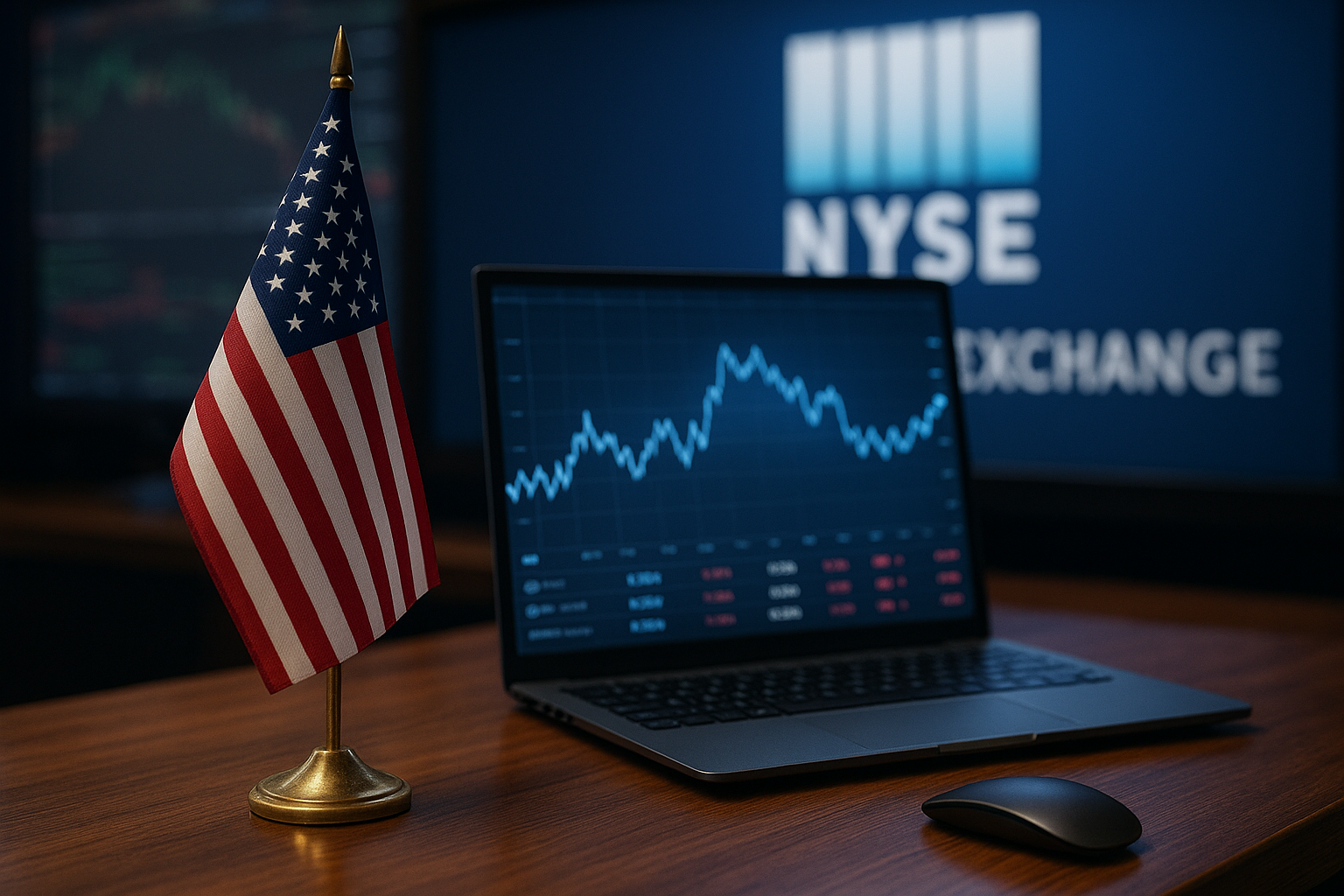Market Relief and Transatlantic Momentum
With the U.S. government shutdown threat largely receding, global investors are breathing a sigh of relief — and turning their focus to a more coordinated transatlantic policy agenda. According to Reuters, the likely resolution of Washington’s budget standoff has lifted sentiment across equities and sovereign bonds, while the Atlantic Council reports ongoing U.S.–EU dialogues on trade, technology, and financial regulation.
For markets, this represents more than a short-term reprieve from fiscal uncertainty. It signals a potential inflection point in U.S.–EU economic relations — one that could stabilize cross-border capital flows, reduce policy volatility, and strengthen industrial and green-tech cooperation at a time of heightened global fragmentation.
Why This Matters for Investors
The easing of U.S. shutdown fears has immediate and far-reaching implications for risk assets. Political dysfunction has been one of the top concerns among institutional investors this year, dampening confidence in U.S. fiscal policy and temporarily weighing on the dollar. As that cloud lifts, the S&P 500 and Euro Stoxx 50 have both seen modest gains, reflecting a renewed appetite for risk.
But the deeper story lies in policy alignment. The U.S. Treasury and European Commission have quietly intensified coordination around financial oversight, climate finance, and technology standards — areas with major implications for multinational corporations and institutional portfolios.
According to the Atlantic Council, discussions are progressing on frameworks that could harmonize transatlantic capital-market regulation and data governance, especially in the context of AI policy and sustainable finance. This alignment could streamline compliance costs for major tech and financial firms operating across both jurisdictions.
For investors, such coordination lowers “policy tail risk” — the kind of unpredictable political or regulatory events that can rattle markets. Reduced uncertainty in U.S.–EU relations tends to benefit large-cap equities, industrials, and financials exposed to global trade and infrastructure spending.
Policy Context: Trade, Tech, and Transition
The U.S. and EU are navigating a new economic landscape shaped by strategic competition with China, supply chain diversification, and the energy transition. Policymakers on both sides are recalibrating trade incentives and subsidy frameworks to support semiconductor manufacturing, renewable energy, and critical materials development.
The European Commission’s renewed push for “open strategic autonomy” — a term referring to reduced dependence on external suppliers — complements the Biden administration’s domestic industrial policies under the Inflation Reduction Act (IRA) and CHIPS Act. However, transatlantic coordination is vital to ensure these policies complement rather than compete with each other.
In the financial sector, regulators are reviewing cross-border capital requirements and exploring mechanisms to support digital finance innovation. As reported by Bloomberg, fintech and digital asset regulation are expected to feature prominently in upcoming transatlantic dialogues, particularly as both regions prepare for the integration of central bank digital currencies (CBDCs) and evolving data privacy laws.
Future Trends to Watch
- Regulatory Convergence in Fintech and AI: Expect gradual alignment on AI governance and data-sharing rules, reducing compliance friction for firms operating across the Atlantic.
- Green Industrial Collaboration: Joint funding initiatives in renewable energy and hydrogen could boost infrastructure-related equities and ETFs.
- Capital Flow Stability: Coordinated macroeconomic policies between Washington and Brussels may reduce volatility in USD/EUR and sovereign bond markets.
- Defense and Energy Policy Links: Heightened geopolitical collaboration could benefit defense and energy infrastructure sectors.
Key Investment Insight
The normalization of U.S. fiscal operations — combined with stronger EU–U.S. policy coordination — marks a positive turn for investors seeking exposure to global equities and cross-border industrial themes. Large-cap multinational firms, particularly in finance, infrastructure, and technology, stand to gain from a more predictable regulatory climate and deeper transatlantic policy alignment.
However, investors should remain alert to potential regulatory surprises. Tech firms, in particular, may face new oversight as both Washington and Brussels pursue tighter controls on AI, data security, and antitrust practices.
As macro and political risks shift, positioning around stability and collaboration — rather than fragmentation — could define the next market cycle.
Stay informed with MoneyNews.Today for continuing coverage of global policy and market trends that shape investor decisions.





